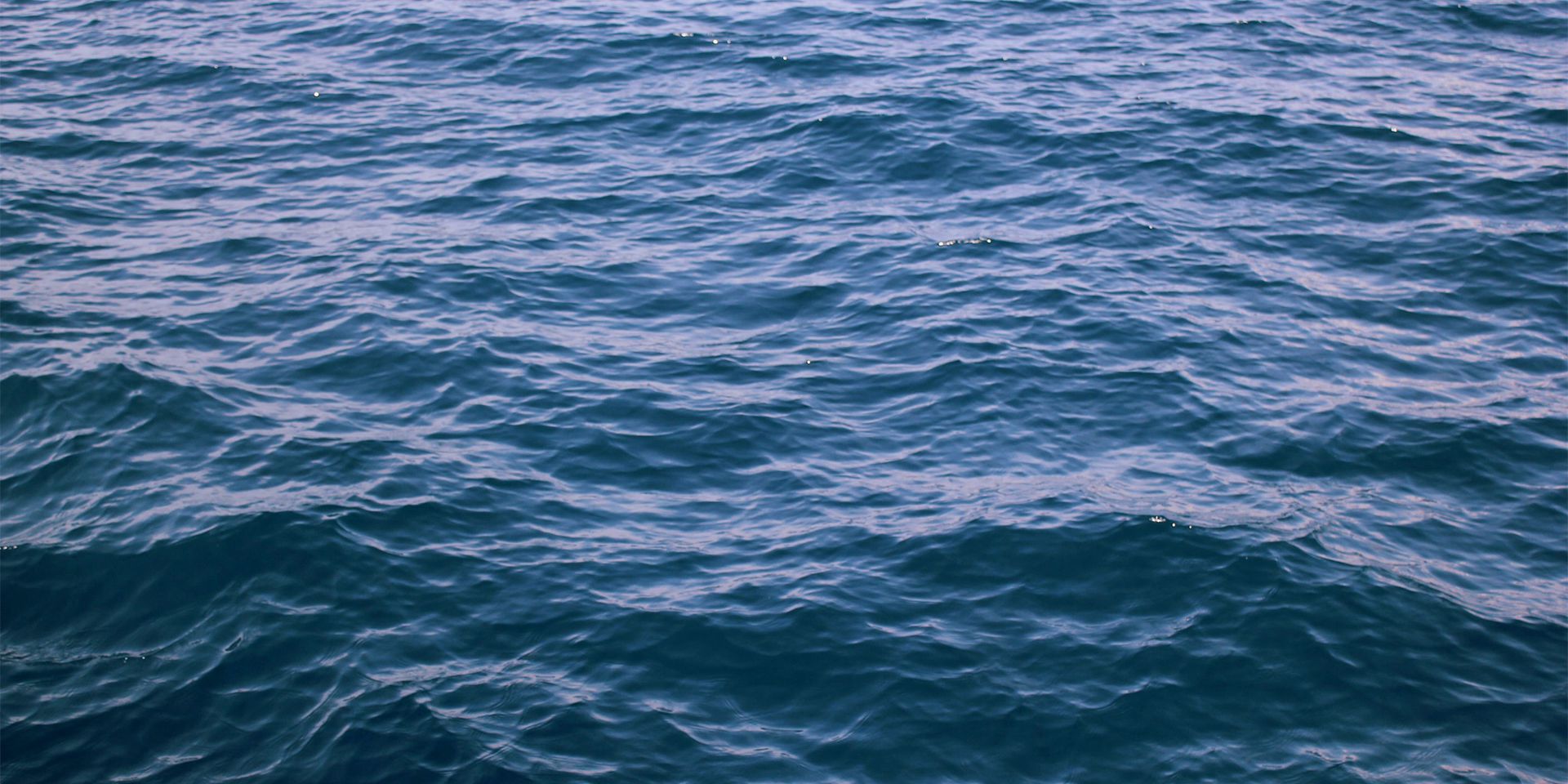Priority Topics
The current and future budget outlook for the Marine Mammal Commission, and for science-based federal agencies in general, requires us to be strategic about our work. In March 2022, we released our Strategic Plan for Fiscal Years 2022-2026 following a review and approval of the United States Office of Management and Budget. The Plan centers our efforts on five strategic goals, and provides a vision and clear guidance for the work we do. We also pay special attention to marine mammal species and populations considered to be most vulnerable to human activities, as well as the value of marine mammals.
Learn more about the work of the Commission under each priority topic below.
The Arctic
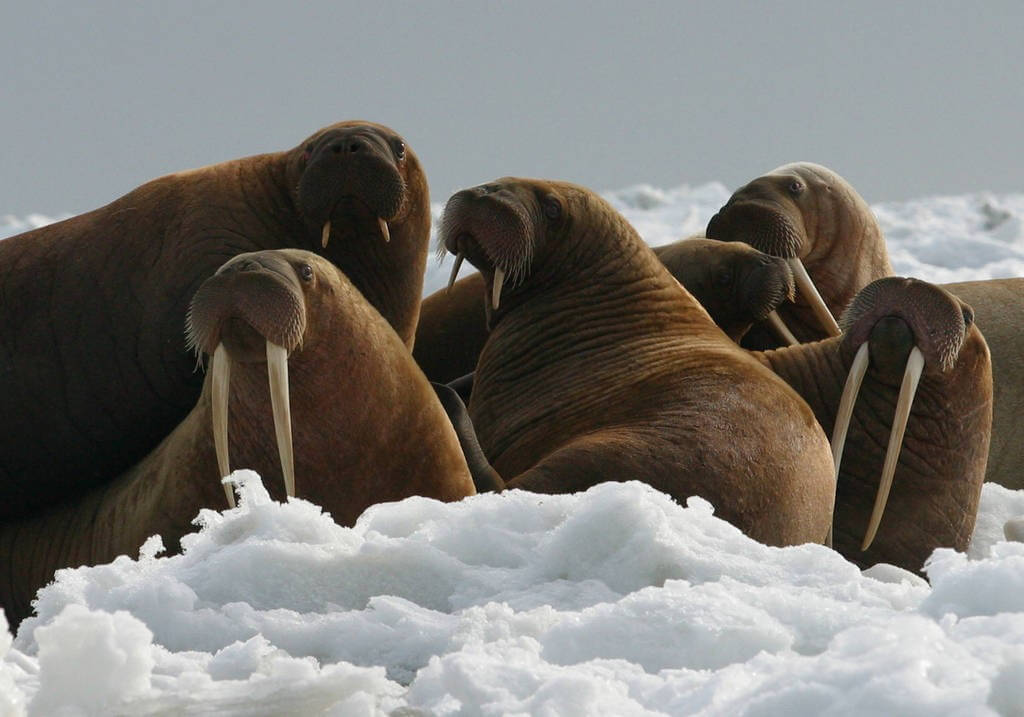
As sea ice thins and retreats farther north, walrus, which rely on sea ice to rest on between foraging bouts, and polar bears, which need sea ice to hunt seals, will either be displaced from essential feeding areas or forced to expend additional energy swimming to land-based haul-outs. (Joel Garlich-Miller / USFWS)
Marine mammal populations in the Arctic are maintained as viable functioning elements of their ecosystems through management measures that address direct and indirect effects of climate change and the ensuing economic, scientific, and other activities in the region.
Learn more about marine mammals and the Arctic.
Climate Change
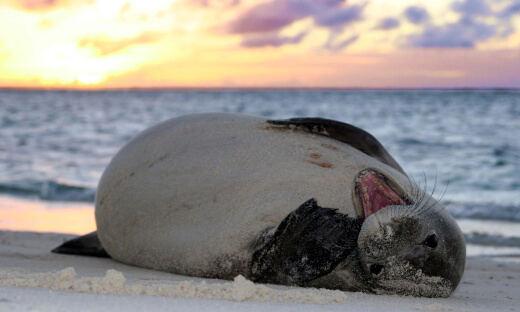
Young monk seal, French Frigate Shoals, NWHI. Photo taken under NMFS Permit 10137-07 (Mark Sullivan/NOAA)
Climate change impacts on marine mammal are best known in the Arctic, but have also been documented throughout US waters, including temperate and sub-tropical regions. Detecting and mitigating the threats to marine mammals from climate change will require some realignment of research and monitoring priorities, coupled with rapid and flexible management that includes both conventional and novel conservation interventions.
Learn more about climate change effects on marine mammals.
Fishery Activities
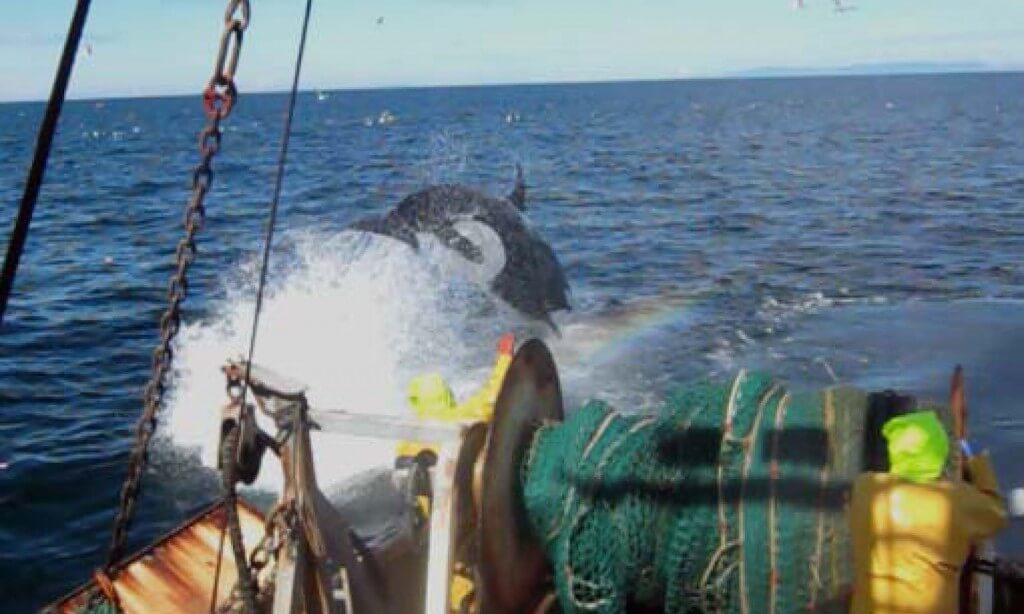
Orca leaping near commercial trawler stern, Morro Bay, NOAA Fisheries West Coast. (A. Wolf)
Understanding of human impacts on marine mammals and their ecosystems, and the management of those impacts, is improved through enhanced scientific research, policy analysis, and information dissemination.
Learn more about fisheries impacts on marine mammals.
Health and Strandings
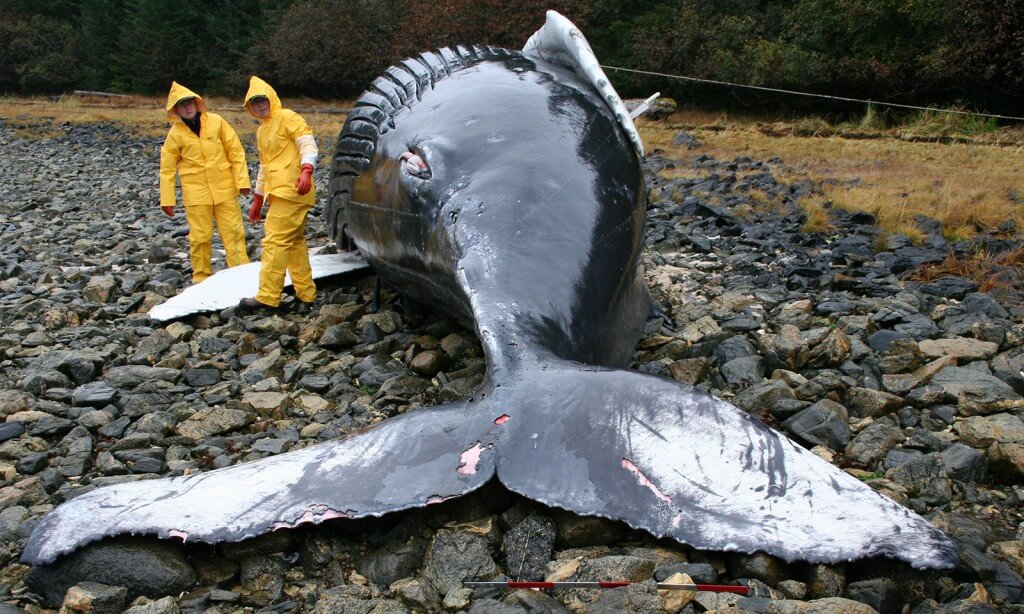
Veterinarians Rachel Berngartt and Kate Savage volunteer with NMFS’ Alaska Marine Mammal Stranding Network during the necropsy of a humpback whale calf. Alaska, Peril Strait, Baranof Island. 2005 October 18. (Aleria Jensen, NOAA/NMFS/AKFSC)
Marine mammal strandings are more thoroughly investigated and analyzed to improve understanding of the factors causing mortality and affecting the health of marine mammals, determine the efficacy of measures such as ship speed reduction to reduce mortality, and elucidate the relationships between marine mammal health and human health and ecosystem services.
Learn more about marine mammal health and strandings.
International
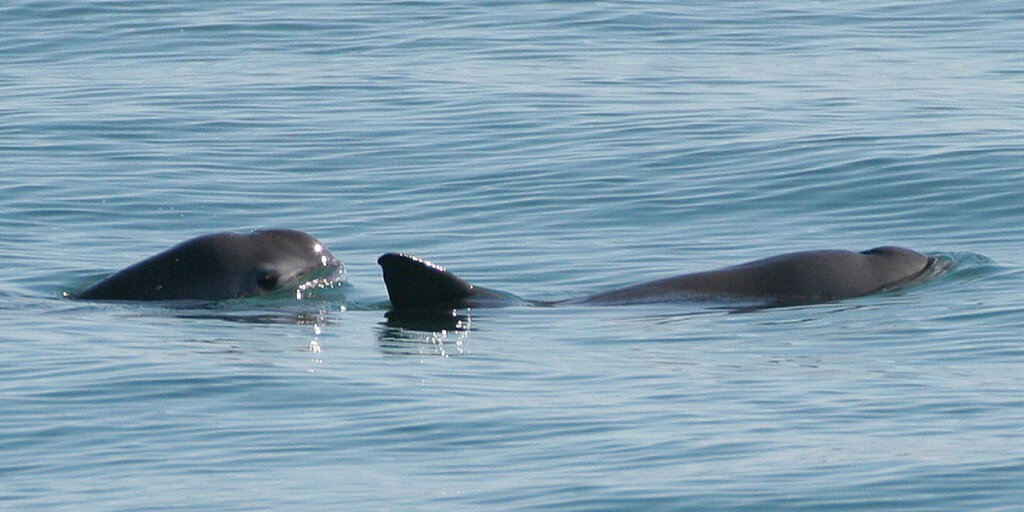
Vaquita photo taken under permit (Oficio No. DR/488/08) from the Secretaria de Medio Ambiente y Recursos Naturales (SEMARNAT), within a natural protected area subject to special management and decreed as such by the Mexican Government. (Paula Olson, NOAA Contractor)
Anthropogenic threats to marine mammals, particularly those most vulnerable to extinction, are identified and reduced in the coastal and fresh waters of other nations and on the high seas worldwide, through bilateral and multilateral scientific and conservation efforts and sharing of expertise.
Learn more about international issues and marine mammals.
Offshore Energy
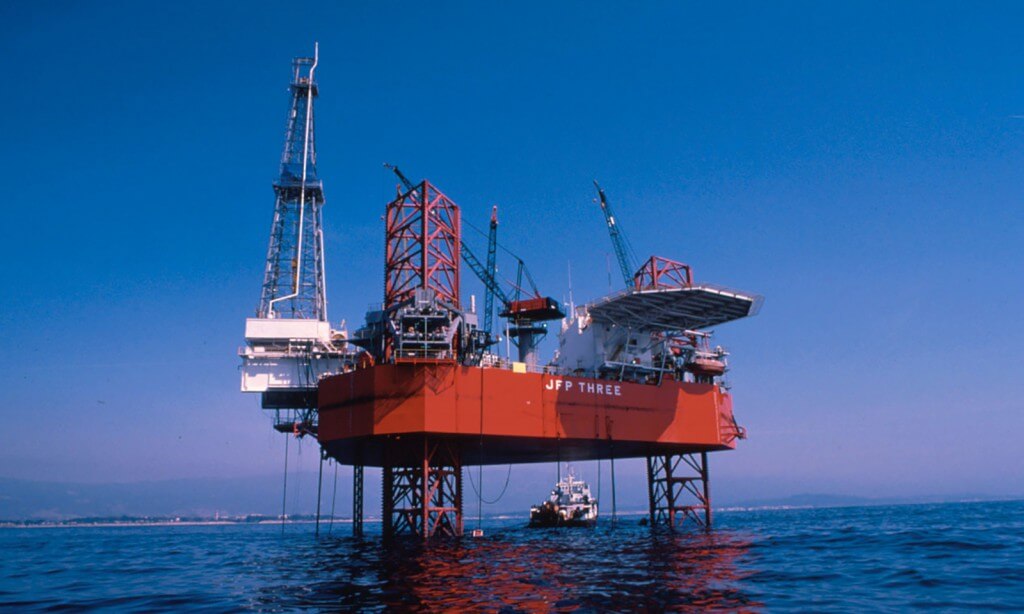
Several oil platforms exist near the Channel Islands National Marine Sanctuary. Exploring for, developing, and producing hydrocarbons in new lease sites within the Sanctuary was prohibited in 1981. (Shane Anderson)
Scientifically robust mitigation and monitoring measures are developed, refined, and implemented in order to prevent, minimize, or mitigate the impacts of offshore oil and gas and renewable energy activities on marine mammals and their ecosystems.
